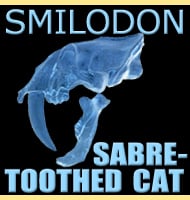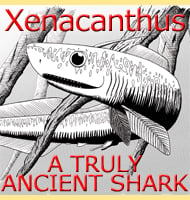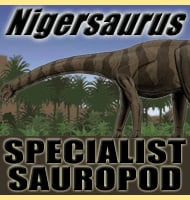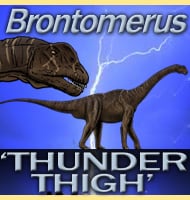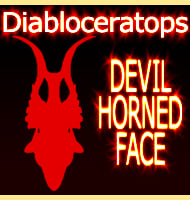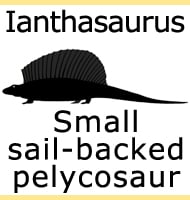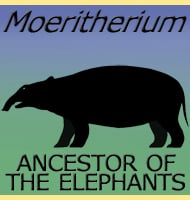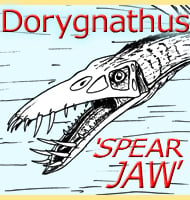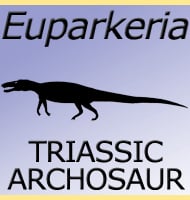In Depth
Anaschisma is a genus of temnospondyl amphibian known to have lived in North America during the late Triassic. Anaschisma were primarily aquatic predators using their salamander-like bodies to swim through the water and navigate submerged obstacles in searching for prey.
Anaschisma is regarded as a metoposaurid temnospondyl amphibian, which means that it is closest to genera such as Metoposaurus and Apachesaurus. These temnopondyls are noted for having eyes that were situated in a more forward position on their skulls than the eyes of other similar temnospondyl groups. Also like its relative genera, Anaschisma seems to have been more at home in the water where it probably hunted for fish and possibly other amphibians. The limbs are generally not that well supported for terrestrial locomotion, and the presence of a lateral line formed by sensory sulci would have detected changes in water pressure, allowing them to pick up upon the movements of nearby swimming animals.
Further evidence for a mostly aquatic lifestyle can be inferred from collections of Anaschisma which can be interpreted as mass graves where a body of water dried out, leaving many Anaschisma exposed to the dry air. The remains of these Anaschisma are found so close together that they seem to have clustered together in the last remnants of water before death. This may have been the result of a body of water not being replenished by seasonal rain or flood water.
Another genus of temnospondyl named Koskinonodon is now often regarded as synonymous with Anaschisma. This started way back in 1947, back when the Anaschisma genus was actually named Buettneria. Preoccupation of the name Buettneria, saw the fossils renamed into a new genus called Koskinonodon in 2007 (Mueller). A subsequent re-description of these fossils in 2019 (Gee et al) again came to the conclusion that they are synonymous with the earlier named Anaschisma.
Further Reading
- Structure and relationships of American Labyrinthodontidae. - Journal of Geology 13:568-610. - E. B. Branson - 1905. - Koskinonodon Branson and Mehl, 1929, a replacement name for the preoccupied temnospondyl Buettneria Case, 1922. - Journal of Vertebrate Paleontology. 27 (1): 225. - B. D. Mueller - 2007. - Redescription of Anaschisma (Temnospondyli: Metoposauridae) from the Late Triassic of Wyoming and the phylogeny of the Metoposauridae. - Journal of Systematic Palaeontology. 18 (3): 233–258. - Bryan M. Gee, William G. Parker & Adam D. Marsh - 2019.

